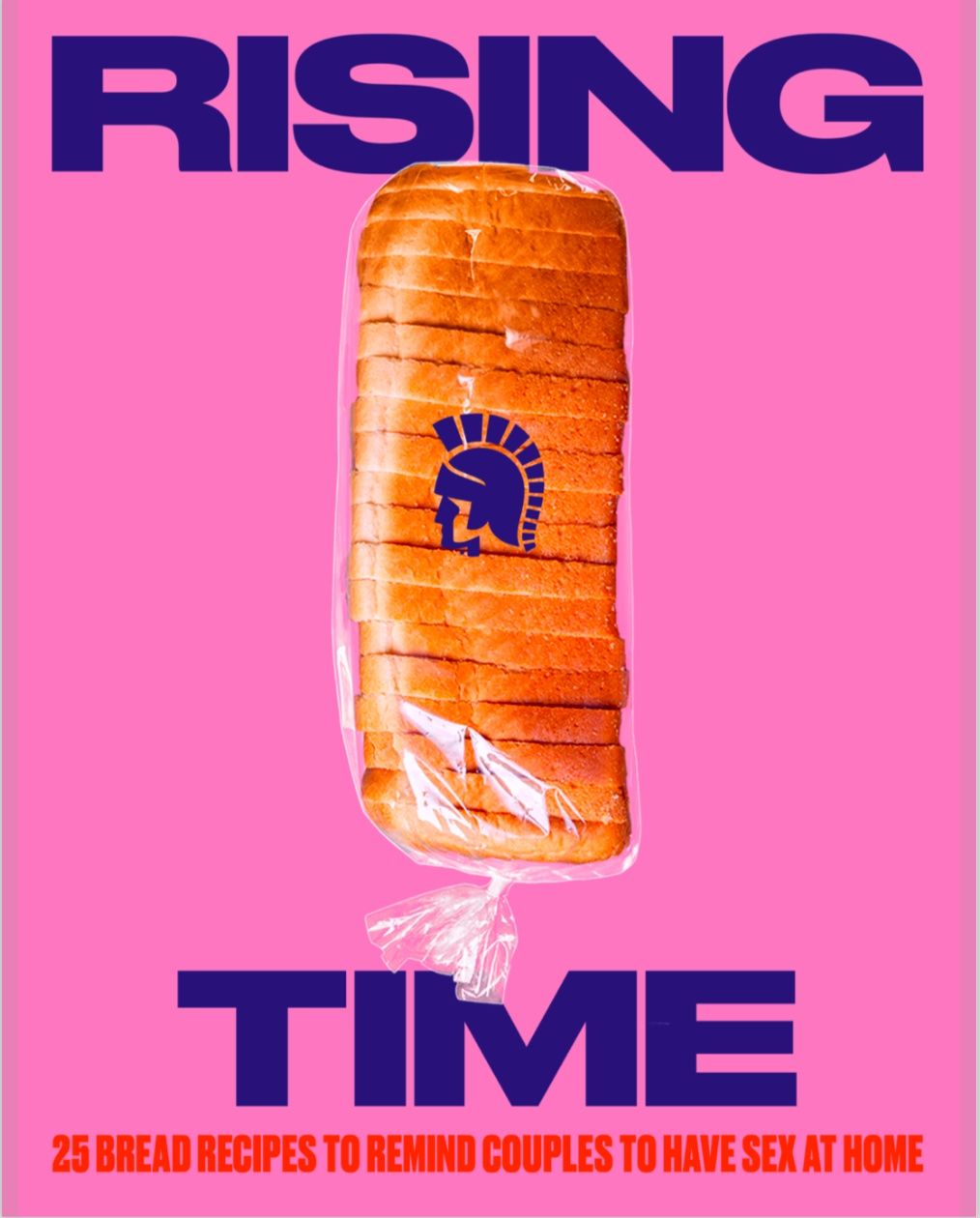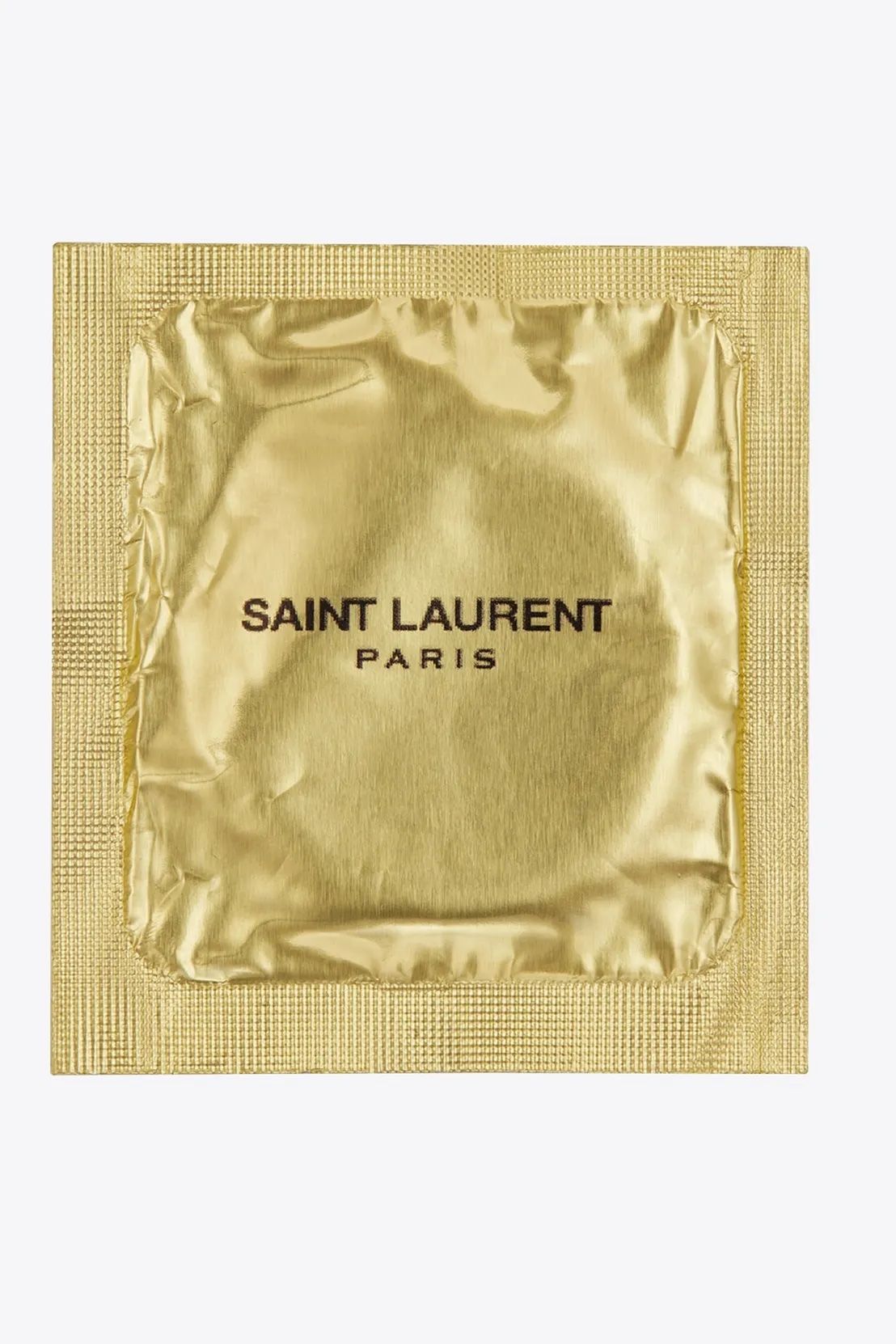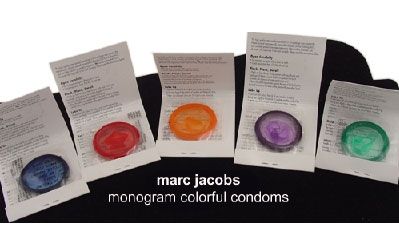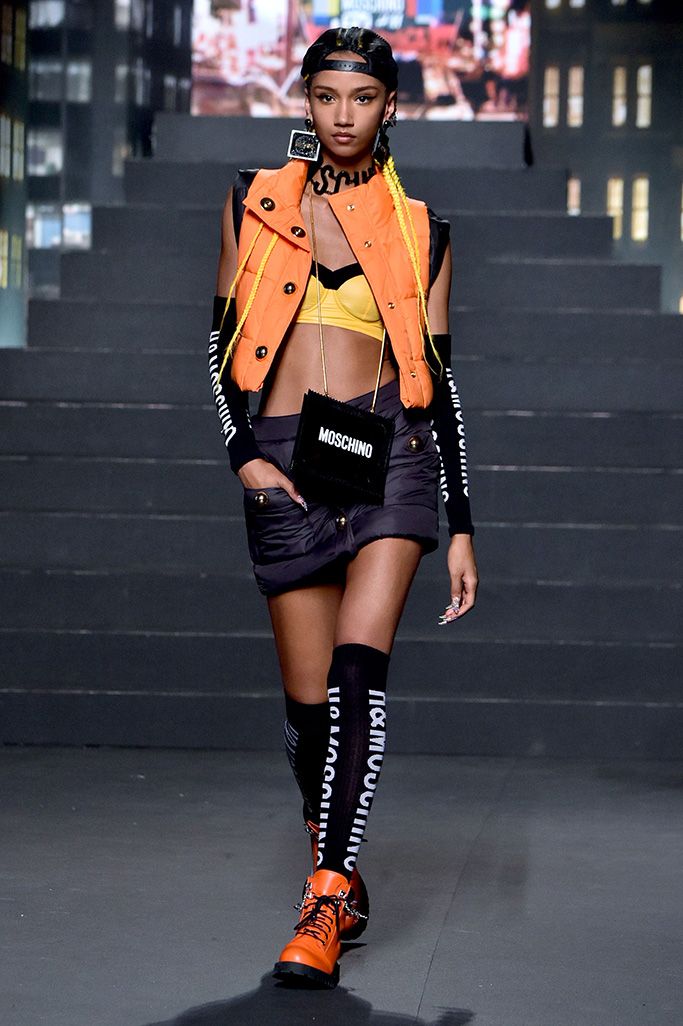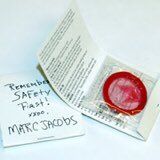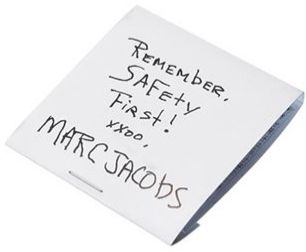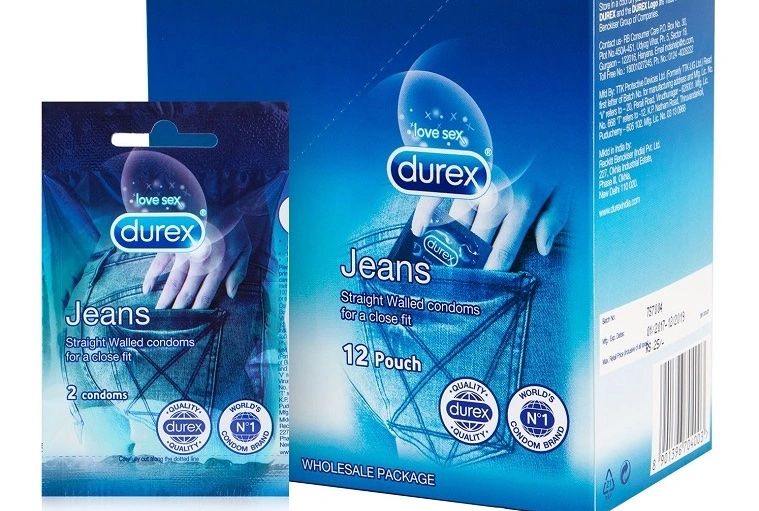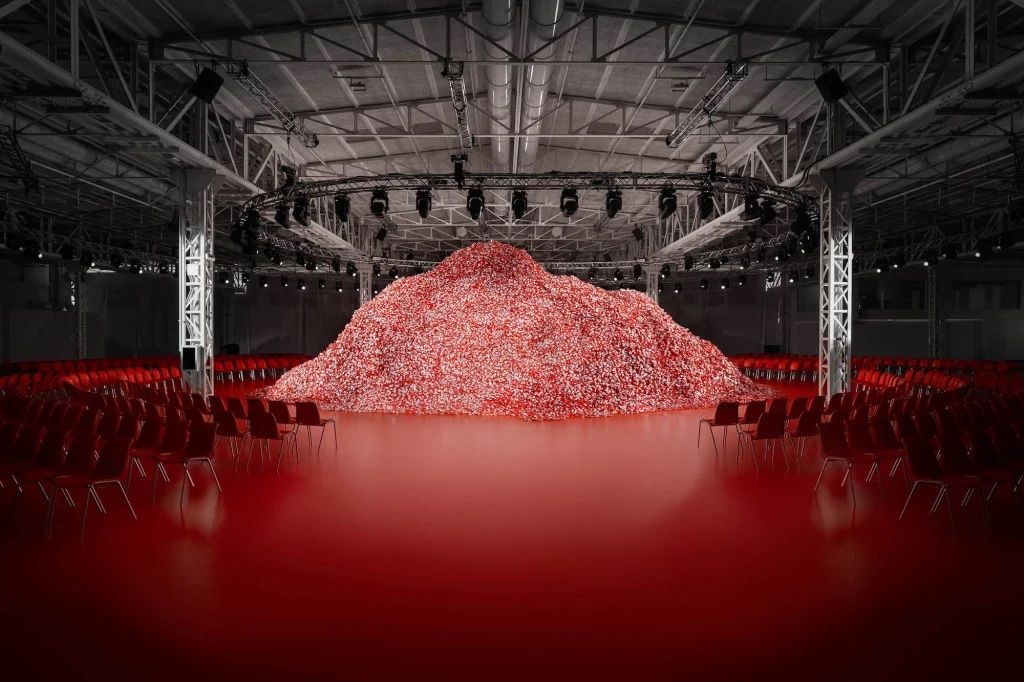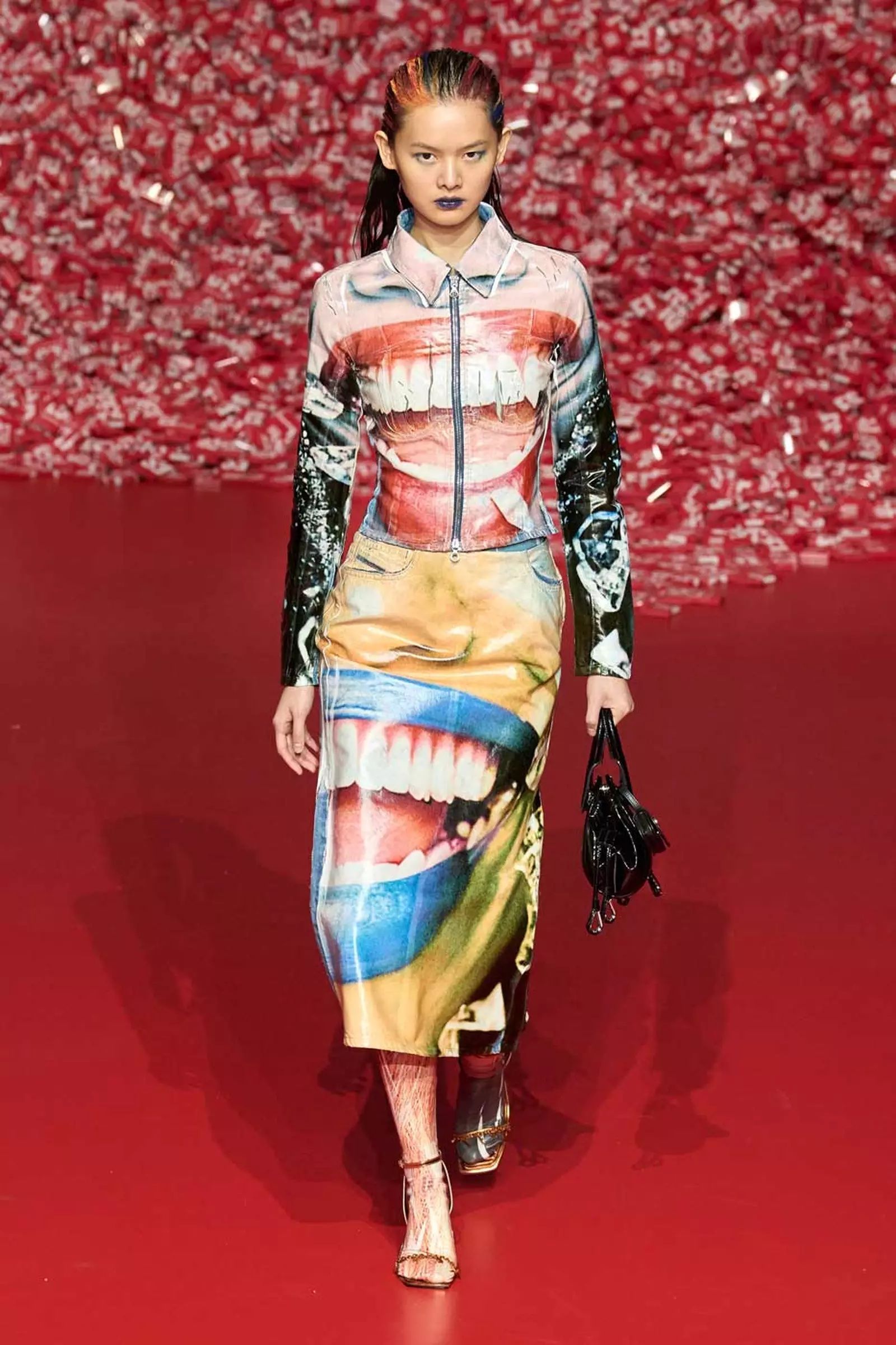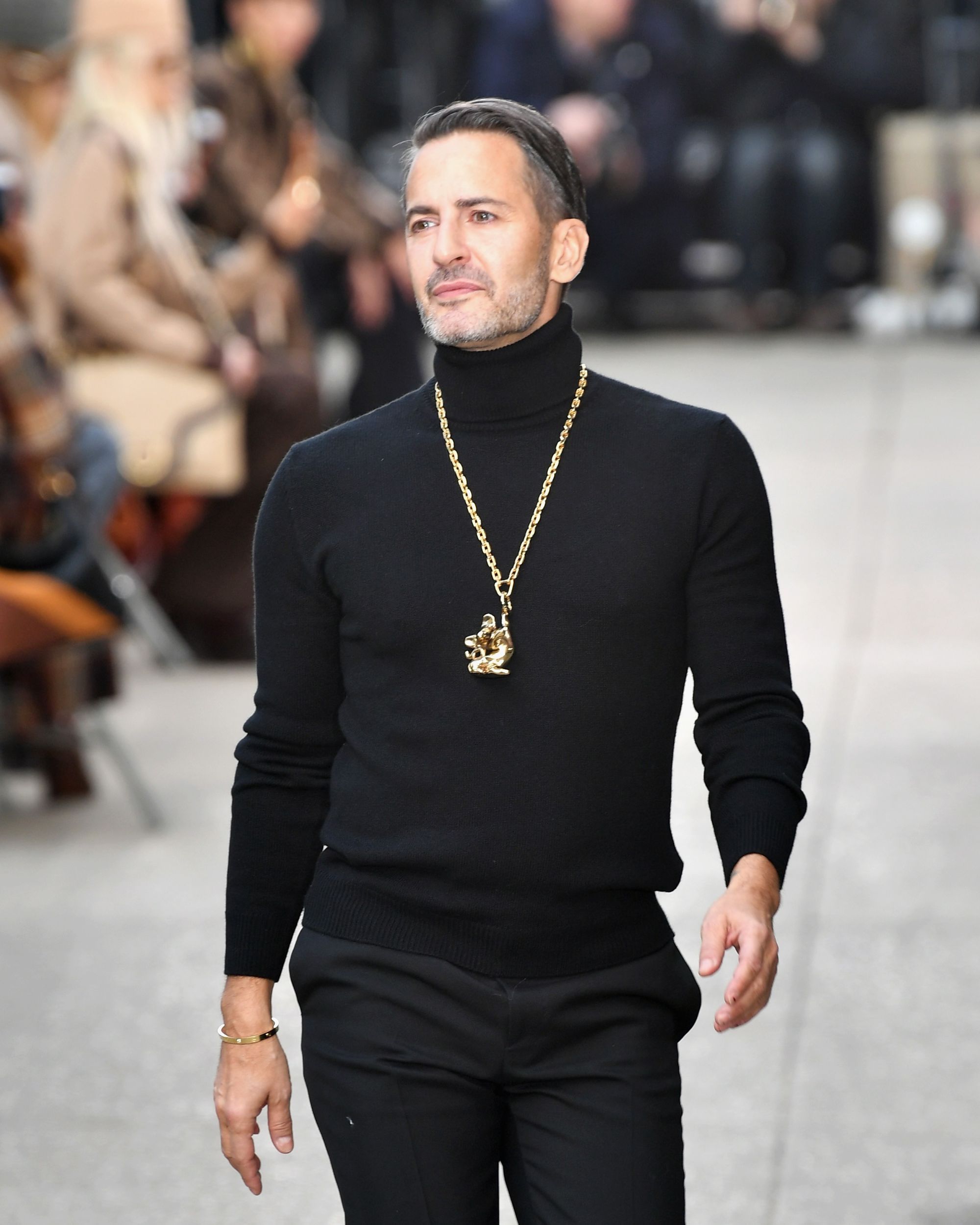
Can condoms ever be cool? Durex is trying to do just that, with eye-catching campaigns and initiatives on inclusiveness
In 1957, Durex introduced the world's first lubricated condom. More than 60 years later, condoms are a product that is used every day less. At the end of 2021, Durex carried out a survey of 15,000 young people between the ages of 11 and 24: only 49 per cent of them said they habitually used condoms, compared to 57 per cent in 2018. This is partly due to the fact that promoting such products is complicated. On the one hand, because of the taboo surrouding sex, still widespread in several countries around the world, and on the other hand because there have been no relevant innovations in the sector. Condoms, in fact, are still very similar to those used decades ago. The innovations in this field concerned, more than the product itself, the packaging of condoms and the way they were presented to the public. Durex itself, which with 3 billion condoms sold per year accounts for about 40 per cent of the market, continues to invest heavily in marketing.
The marketing at Durex
@durexuk Where are we taking the bag tho?... @sharongalebags #Durex #Seggsy #BagTok original sound - Durex_UK
British magazine The Guardian recently interviewed and told the story of Ben Wilson, now head of Durex, and how thanks to him the company's communications department managed to «make the least sexy product there is sexy.» In 2010 Wilson was sent to China by the multinational Reckitt Benckiser, which had bought the Durex brand in the same year, with the aim of expanding the condom market. Promoting sexual wellness products was not easy in a country where condoms could not be mentioned in television or print advertisements. For this reason, the communication campaigns developed by Wilson in China during those years were deliberately very creative and provocative, and the company was one of the first to exploit social networks and bloggers to convey its content. This approach to communication contributed to a huge increase in condom sales in the country. Wilson himself told The Guardian that his experience with the Chinese market, which is reluctant to spread condoms, is a good example - on a small scale - of the day-to-day work that Durex's communications department has to do today.
Condoms and fashion
Founded in 1929, Durex made its fortune thanks to a new technology for the production of latex, which made condoms much more comfortable - they were already made of this material, but were still very thick. The company has always focused on innovation (e.g. it was one of the first brands to open its own website in 1996, a year after Amazon), and continues to do so, especially through initiatives closer to marketing. For example, during the February fashion week in Milan, the brand collaborated with Diesel in favour of sex positivity: the invitation to the Fall/Winter collection fashion show included a special condom pack, while on the catwalk there was literally a mountain of 200,000 boxes of Durex condoms, on which the iconic red and white Diesel logo was displayed. Under the slogan "FOR SUCSEXFUL LIVING", the collaboration anticipated a co-branded capsule collection, and included the free distribution of over 300 thousand sexual health products in all Diesel stores. "Sexual positivity is something extraordinary. We at Diesel like to play and we do it seriously. Have fun, respect each other, be safe. For a healthy life!" said Glenn Martens, creative director of the historic Italian brand. But this is certainly not the first time that condoms have entered the world of fashion. In 2008, Marc Jacobs launched a line of coloured condoms, accompanied by the caption 'REMEMBER, SAFETY FIRST! XXOO, MARC JACOBS'. About ten years later, Off-White put condoms on the market with his logo and the words 'safe', as did Alexander Wang - who collaborated with the condom company Trojan by designing a line of clothes and, indeed, condoms, accompanied by the famous hashtag #ProtectYourWang. Saint Laurent did the same in 2020 with its 'The Love Affair' campaign, while the previous year Demna Gvasalia, on the occasion of the presentation of Vetements' SS20 collection at Paris Fashion Week, had delivered invitations with branded condoms. Unforgettable, finally, the earring-condom made in 2018 by Jeremy Scott on the occasion of the collaboration between Moschino and H&M - all the more so when one remembers that Franco Moschino actually died of AIDS. If we take notice, these and other initiatives to encourage condom use through fashion can be interpreted as a (belated?) fashion industry response to the HIV epidemic of the 1990s, thus expressing the importance of practising safe sex. And this is why rather than creating clothes using condoms, luxury brands have chosen to sell or give away - in the form of gadgets - exclusive condoms.
Making condoms sexier
The need to promote a product as complicated as condoms has forced companies in the sector to focus on original campaigns and initiatives. In this vein, for example, Trojan published the bread recipe book on World Baking Day 2020. In 2017, on the other hand, Durex had announced that it would be producing a denim, only to reveal that it was actually a range of condoms with a thinner package, designed to disappear into the pockets of jeans, with the aim of dispelling the taboo of buying and carrying condoms - especially in South Asia, where the use of such products was not yet fully accepted. But it doesn't end there: by also and above all focusing on inclusivity, companies like Durex are at the same time consolidating their relationship with institutions. In Italy, for example, the multinational has helped establish new legislation to facilitate sexual wellness products' advertising, while in South Africa it has supported sex education courses. In this regard, Wilson told The Guardian that Durex's goal today is to change the idea we generally have of condoms, to evolve them into a product to make sex more sensual, not just safer. In Wilson's expectations, the condom must transform into 'a sexy thing to wear', becoming 'a part of foreplay'. In this sense, Durex is bringing in well-known faces, such as Lil Nas X and Sam Smith, and is pushing its presence on TikTok more than other competing companies. The brand is also changing the language it uses in its advertisements, trying to accommodate the openness - on the part of younger people - to less conventional sexual practices, and to minority gender identities.










































